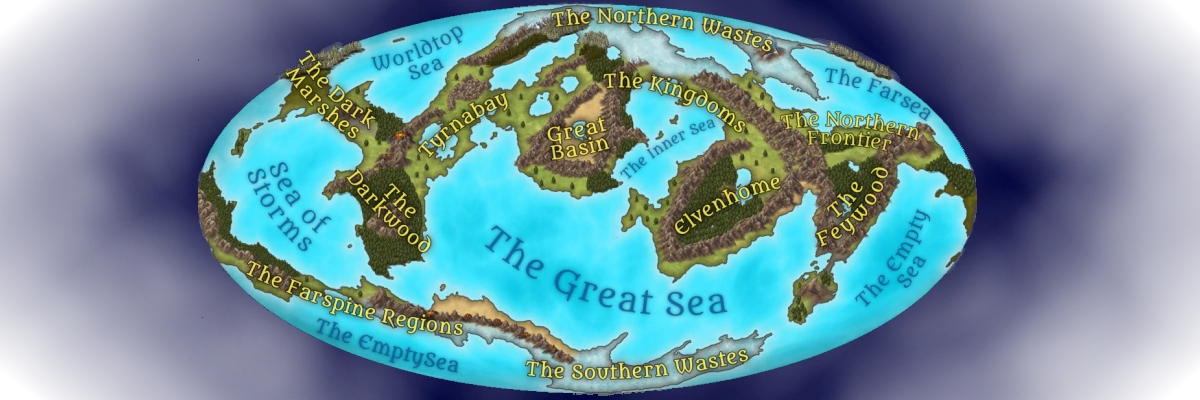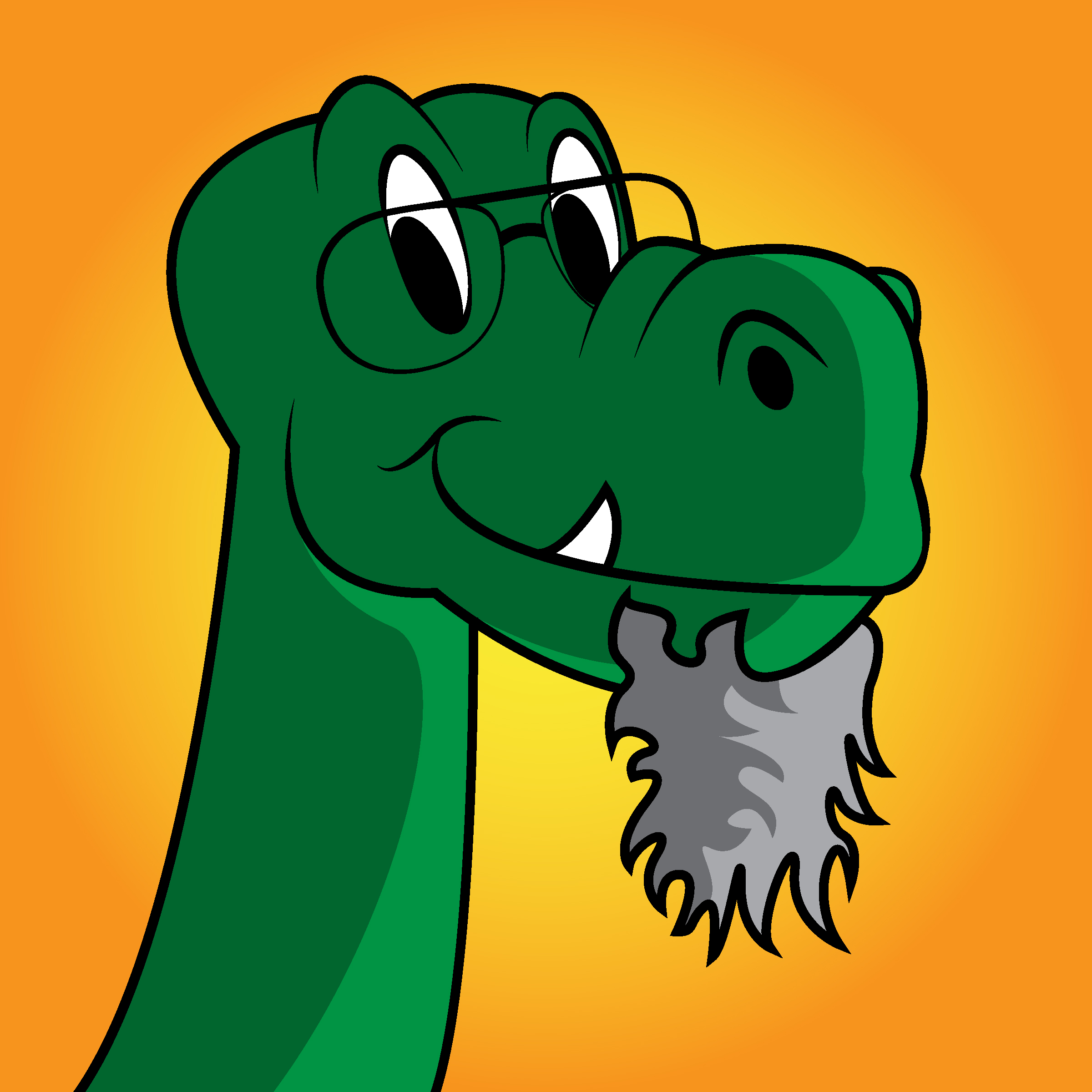Feliseaan Tailspeak
The Felisean Folk of Cartyrion have long, fur-covered, muscular tails which they rarely, if ever, conceal beneath any clothing. Usually, adult Catfolk will keep their tails curled and pressed against their backs, but if one watches closely, the tip of that tail may twitch from time to time. And in highly stressful situations, it may be much more than just the tip that lashes to and fro. But other times, in situations where Catfolk are negotiating with other Folk, the careful observer may see the tails of several Catfolk associates moving in more intricate and controlled patterns. If that observer surmise that the Feliseans were using their tails to silently communicate among themselves even as they spoke to other Folk, they would be correct.
This simplest form of Tailspeak is still used by Felisean officers in military and mercenary units around the world today. Even when in command of non-Catfolk, it is easy enough to teach Folk of the other peoples the few simple tail gestures that are needed for combat maneuvering.
When a Catfolk child is feeling curious or inquisitive, the tips of their tails will twitch and curl. When they are angry, the entire tail may lash from side to side. When they are feeling content, tails will move slowly and rhythmically. Felisean parents rely on this telltale sign of their children's moods to help keep them out of trouble before they can even get into it.
Unfortunately for the parents, by the time they reach adolescence, most Feliseans have developed at least a modicum of control over their tails; and it becomes harder to "read" them.
At first, a system of tail movements were used to relay simple thoughts and even queries such as "I like this offer", "Should we settle for this?" and "Do you think we can get more?". Simple responses: "Yes", "No", "Perhaps", "I'm unsure" were also codified. Over time, ever more complex tail motions where added to the merchant's version of tailspeak to represent specific commodities and quantities of goods. Today, it is said that two Catfolk traders could meet and work out a deal without uttering a single word to one another.
Origins of Tailspeak
It is not known when the first Feliseans realized that by learning to do more than simply suppress their tail movements, they could use thier tails for clandestine communication. It is presumed that the earliest hunting parties of Savanna catfolk developed simple tail signals to silently coordinate their hunts. Indeed, today, members of the Forest and Cragwalker subcultures - subcultures that in history tended to feature loners spending most of their time in isolation - are much less likely to employ Tailspeak than their Savanna counterparts. It is further presumed that this early silent language development focused on a few key commands :go left... go right... creep forward... wait... attack.This simplest form of Tailspeak is still used by Felisean officers in military and mercenary units around the world today. Even when in command of non-Catfolk, it is easy enough to teach Folk of the other peoples the few simple tail gestures that are needed for combat maneuvering.
Adding Context; Adding Vocabulary
As the Catfolk came in contact with the other peoples of Cartyrion, they began to establish trade. Felisean merchants learned quickly that in group negotiations, the ability for their contingent to communicate secretly even while offers were being exchanged could be extremely valuable.The Felisean Tail
From birth through childhood, a Felisean's tail movements are outward manifestations of the thoughts, emotions, and attitudes that its owner is experiencing.When a Catfolk child is feeling curious or inquisitive, the tips of their tails will twitch and curl. When they are angry, the entire tail may lash from side to side. When they are feeling content, tails will move slowly and rhythmically. Felisean parents rely on this telltale sign of their children's moods to help keep them out of trouble before they can even get into it.
Unfortunately for the parents, by the time they reach adolescence, most Feliseans have developed at least a modicum of control over their tails; and it becomes harder to "read" them.
At first, a system of tail movements were used to relay simple thoughts and even queries such as "I like this offer", "Should we settle for this?" and "Do you think we can get more?". Simple responses: "Yes", "No", "Perhaps", "I'm unsure" were also codified. Over time, ever more complex tail motions where added to the merchant's version of tailspeak to represent specific commodities and quantities of goods. Today, it is said that two Catfolk traders could meet and work out a deal without uttering a single word to one another.





This was an insta-like for me. To be honest, this prompt has been kinda stumping me since Saturday, but when I saw that you figured out a way to turn cat tail movements into a language?! Brilliant!!!
If you can move it in a controlled fashion, you can signal with it! Hope your summercamp is going well. And thanks for reading and commenting!
Laurels & Loot is a new, lightweight TTRPG rules system that hearkens back to the early days.